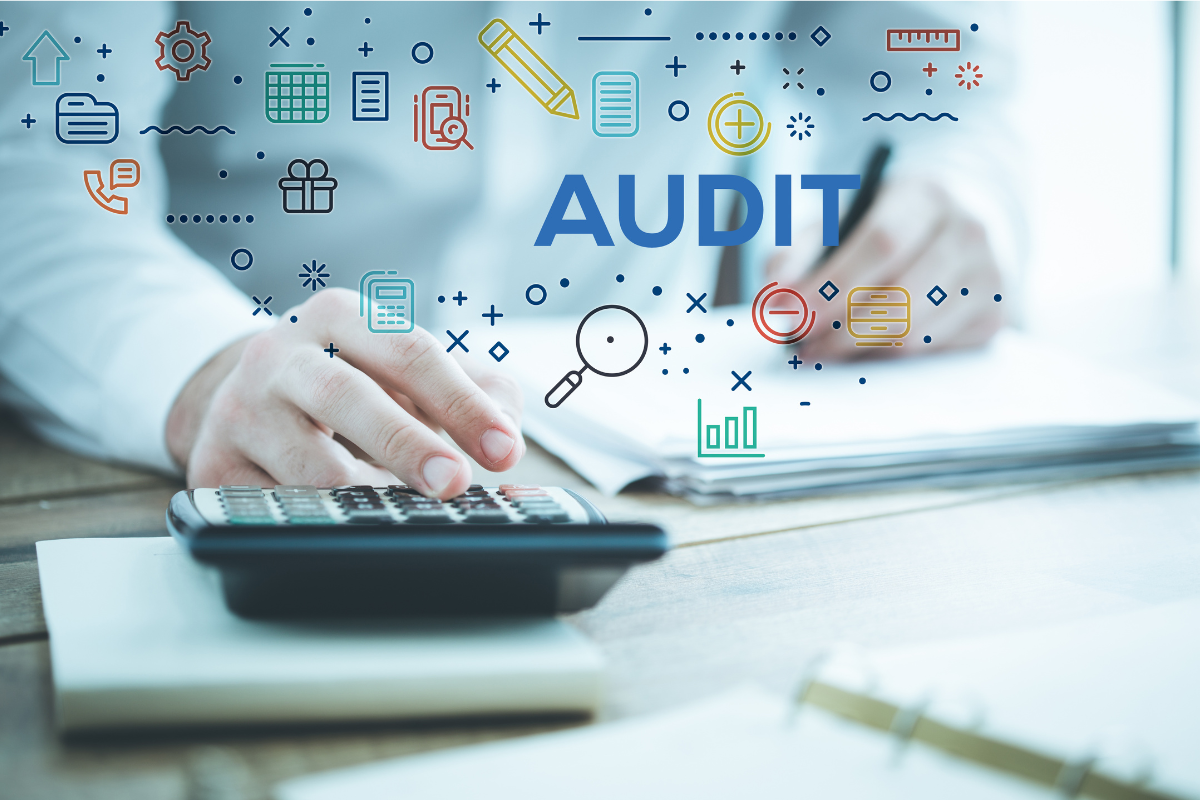
November 1, 2022
If you offer a 401(k) plan to your employees, the first thing you must figure out is whether it needs an independent audit. If you have 100 or more eligible employees at the start of the plan year, you need an audit. The essential word is “eligible.” So you have to include in your total employees which of them could potentially join the plan but haven’t as well as former employees still in the plan and the beneficiaries of deceased plan members. There is some wiggle room if you’re on the cusp of 100 from year to year — talk to your accountant.
If you do reach the audit threshold, you should understand what’s involved. Under ERISA rules, the auditors will check the following, among other issues:
How to prepare
The more organized you are, the smoother the audit will proceed. Experts recommend making sure you have all the necessary documents handy. Talk to your auditors in advance, to make sure you aren’t scrambling for something at the last minute. Among the items you’ll want are:
More than one kind of audit
If this isn’t confusing enough, you need to know that there are actually two kinds of 401(k) audits, and the rules have recently changed.
In the past, if a bank or similar financial entity held the assets, the employer only needed a “limited scope audit.” Otherwise, the auditor had to do a more complex “full-scope” audit. However, limited-scope audits have been replaced by ERISA Section 103(a)(3)(C) audits. Under this new audit, auditors will express an opinion on financial statements, even though they will still be excluding the same financial information they did in the old limited-scope audits.
Which audit is right for you? And what specifically will you need to provide the auditors? Ask at the outset to make sure you are ready. These audits can take a substantial amount of time, and the more prepared you are, the quicker they will go.